The month I spent living in Bologna was one of the tastiest of my life.
This fantastic city is the capital of the Italian region of Emilia-Romagna; an area that’s specifically known for its culinary prowess. I’ve travelled far and wide across this part of the country and the rumours are true: this is where you can get some of the best food in Italy. It also says a lot, then, that I’m declaring Bologna to have the best eats of the entire region.
But visiting Bologna isn’t just about the food.
The city’s beautiful streets stand out from the crowd due to the presence of over 20 miles of covered porticoes; their architectural significance even made them a UNESCO World Heritage Site back in 2021! Strolling around the city, they not only make for photogenic scenes, but also provide welcome shelter from the hot sun or heavy rain. Bologna’s two medieval towers are are striking visual reminder of the city’s historic past, when nearly 100 defensive towers of the wealthiest families dotted Bologna’s skyline.
Yes, it’s all about the architecture here!
Piazzas are the grand public arenas of an Italian city, and Bologna has its own treasured spaces to seek out. The centrepiece of the city is the Piazza Maggiore with its “carpet” of stone set in the middle, and in the adjacent Piazza Nettuno stands the striking Neptune Fountain. The churches are just as breathtaking, with Bologna offering up its iconic half-finished Basilica of San Petronio while the Basilica of Santo Stefano complex provides a fascinating walk through history.
The University of Bologna is the oldest in the world — yes, really! — and its students help to give the city a young and vibrant feel. You’ll definitely want to take a look at the Anatomical Theatre while you’re in town, where medieval medical students took anatomy lessons; dissecting bodies in that very auditorium.
The viewpoints in Bologna are particularly exceptional, too, and I’ll be recommending my favourites throughout this article.
Speaking of, I’m writing this piece with the help of my Italian friend, Tod. Tod’s wife actually studied at the University of Bologna and her father lives an hour outside of the city. They regularly spend time in Bologna, then, and know it like the backs of their hands. Because of this, I’m combining my knowledge with theirs: aiming to create a super-article of things to do in this city.
And with that, it’s time to get started. Here are all of our favourite things to do in Bologna:
Admire its Historic Architectural Treasures
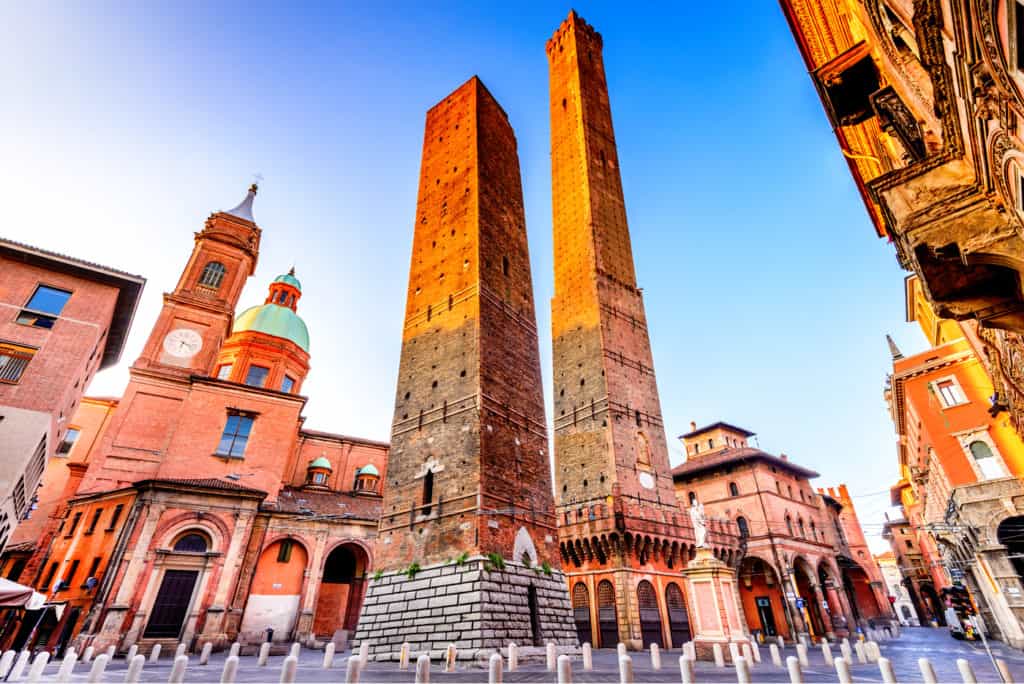
The Two Towers
One of the most visually striking aspects of Bologna’s skyline are its Two Towers, the Asinelli and Garisenda towers, which stand next to one another. There used to be over 100 of these structures in the Middle Ages, and these two are notable reminders of this time. The Asinelli tower is the taller of the two structures and was built in the early 12th century. Its 500 narrow wooden steps can be climbed for great views over the center of the city, an arresting site of the sea of red tile roofs extending to the green hills beyond.
Both towers have a vertical tilt like their more famous cousin in Pisa, but The Garisenda tower has such a distinct lean that it is not open to the public. These towers are symbols of the city, and reminders of the days when affluent Bolognese families could build these tall tower structures for defensive purposes to retreat to in case of attack, as well as status symbols to show off their wealth.
The admission cost to climb the Asinelli Tower is 5€.
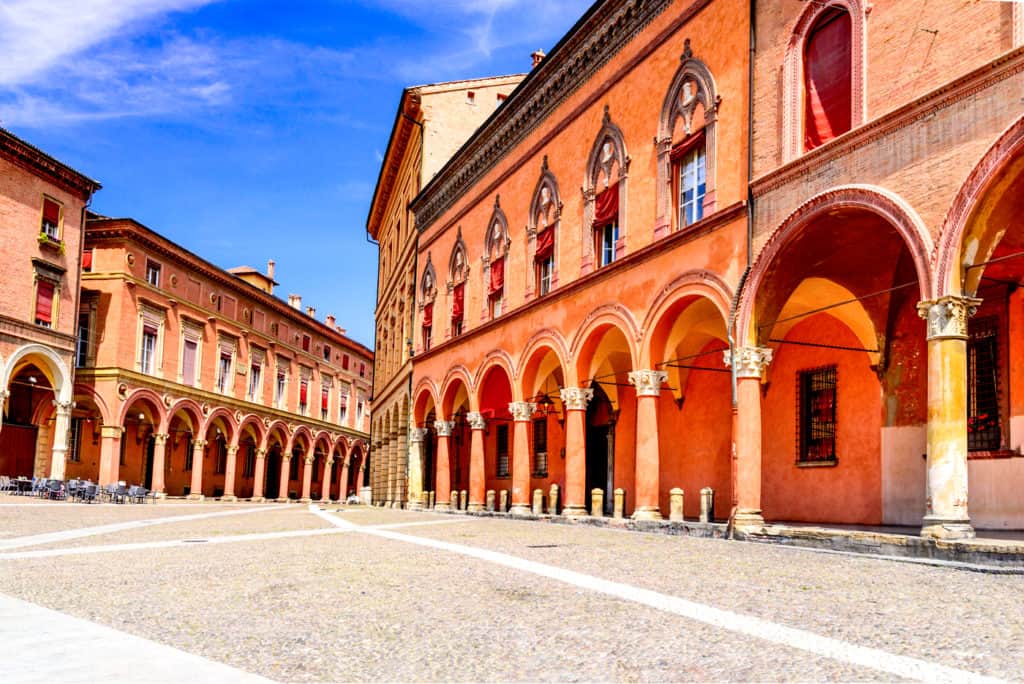
Bologna’s Magnificent Porticoes
The most striking aspect of the city architecturally is the series of elegant covered porticoes that have been built throughout the historic center, over 20 miles in total. These structures were originally bult to provide more housing space by extending the buildings over the street. The need for more housing grew with the founding of the University of Bologna in 1088 with the resulting need to create living space for students.
To support the weight of the extensions, columns from the street were needed, creating covered areas underneath at street level. Soon regulations were passed requiring all homes to construct such a portico for uniformity. City authorities passed a law in 1228 that such structures needed to be of a uniform height of at least 2.66 meters, which is nearly nine feet high, to allow a horse and rider to pass underneath. In 1568 further laws required that the porticoes be constructed of stone or brick, replacing the old wooden structures. The remaining legacy is a beautiful collection of these covered walkways that were recognized in 2021 as a UNESCO World Heritage Site, and officially designated Bologna the “City of Porticoes”. Bologna has more porticoes than any other city in the world.
The porticoes provide an elegant visual appeal to the city’s buildings and have the practical benefit of providing residents and visitors alike with pleasant areas to walk and visit the shops and cafes while protecting them from the sun’s heat or the rain.
The longest of these porticoes extends from the city to the hilltop Sanctuary of the Madonna of San Luca. This portico is the longest in the world, consisting of over 660 arches stretching over two miles.
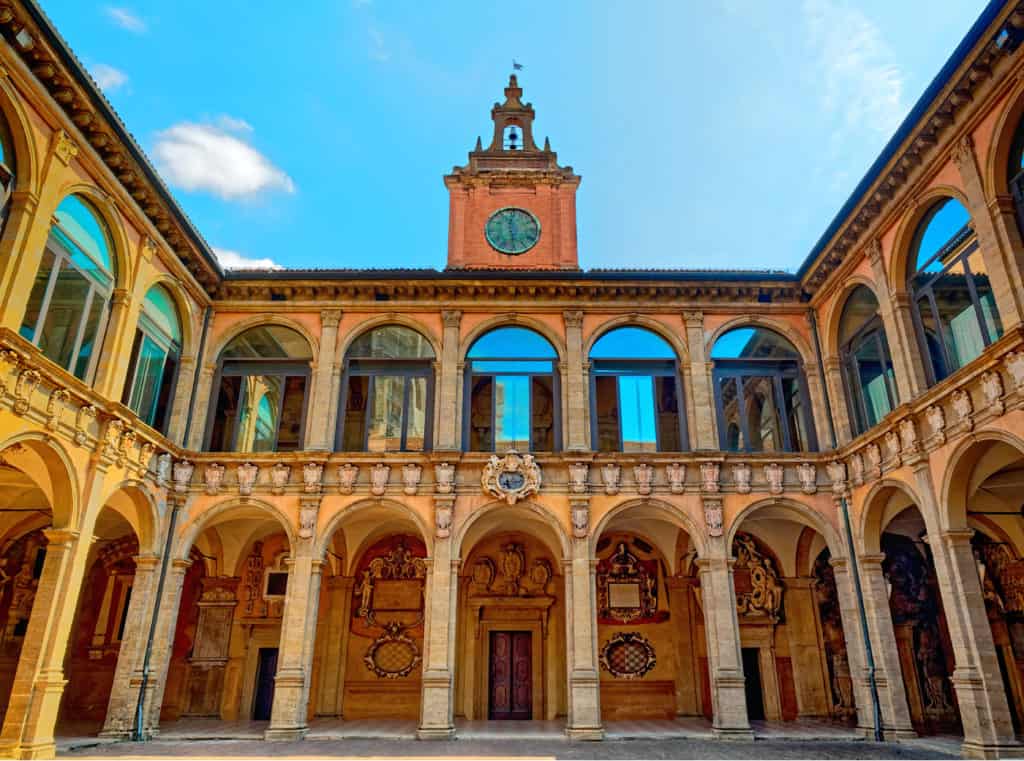
The Teatro Anatomico at Bologna University
Bologna’s university is the oldest in the western world, dating to 1088. Its student population enlivens the city. Inside the Palazzo dell’Archiginnasio is one of the most fascinating architectural structures in the city, the 17th century Teatro Anatomico or Anatomical Theater. It was here that students learned firsthand about anatomical structures of the body by witnessing the dissection of corpses.
The dissections had to be completed within the same session, and the tiered rows of hard wood seats were designed to keep students from falling asleep. The seats look down onto a marble-topped table where the medical work occurred. The decoration of the theater is noteworthy with the canopy above the lecturer’s chair supported by the Spellati, two skinless bodies carved in word detailing the body’s musculature and skeletal frame.
A sculpted Apollo looks down from the ceiling, while statues of famous physicians such as Hippocrates line the walls. The university was liberal in its outlook and embraced science, so one of the observers on hand for every dissection was a member of the Inquisition, sternly ensuring that church policy was strictly adhered to in the handling of cadavers. All organs were to remain in place within the body, ready for Judgement Day.
Down the hall in the same building is the Sala dello Stabat Mater, a former classroom that was named after a piece by Rossini. Heraldic coats of arms decorate the walls. A series of 10 ancient classrooms that now hold the Archiginnasio Library (off limits but visible from a distance). There is free admission to see the theater and the Sala.
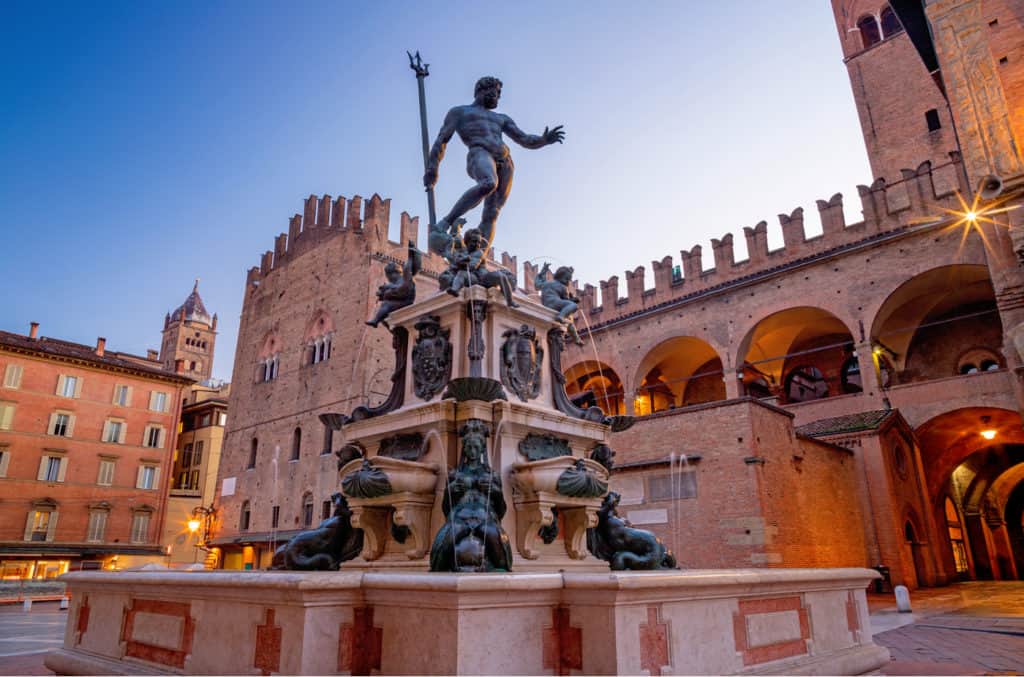
Visit the Piazza Maggiore and Piazza Nettuno
The heart of the city is the Piazza Maggiore, ringed by elegant colonnaded palazzos, the Basilica of San Petronio with its unfinished facade, the Palazzo D’Accursio with the city’s municipal art collection, and cafes to pull up a chair and take in the passing scene. In the center of the square is the raised rectangular marble platform called the Crescentone, where seats are placed in summer and movies projected onto a large screen to create an open-air theater.
Adjacent to Piazza Maggiore is Piazza del Nettuno that centers around Neptune’s Fountain from the mid 1560s. The Neptune statue at its center, created by the French sculptor Giambologna features the muscular sea god surrounded by four sirens symbolizing the four known continents at the time. The sea god’s trident inspired the Maserati logo!
The Governor’s Palace Palazzo del Podestà sits on the north side of the square. Try out the acoustical effect of its tower, Torre dell’Arengo, dating from 1259. The so-called whispering corners allow someone under one side of the tower’s dome to be heard by someone in the opposite corner.
Seek out Art Treasures in Bologna’s Churches
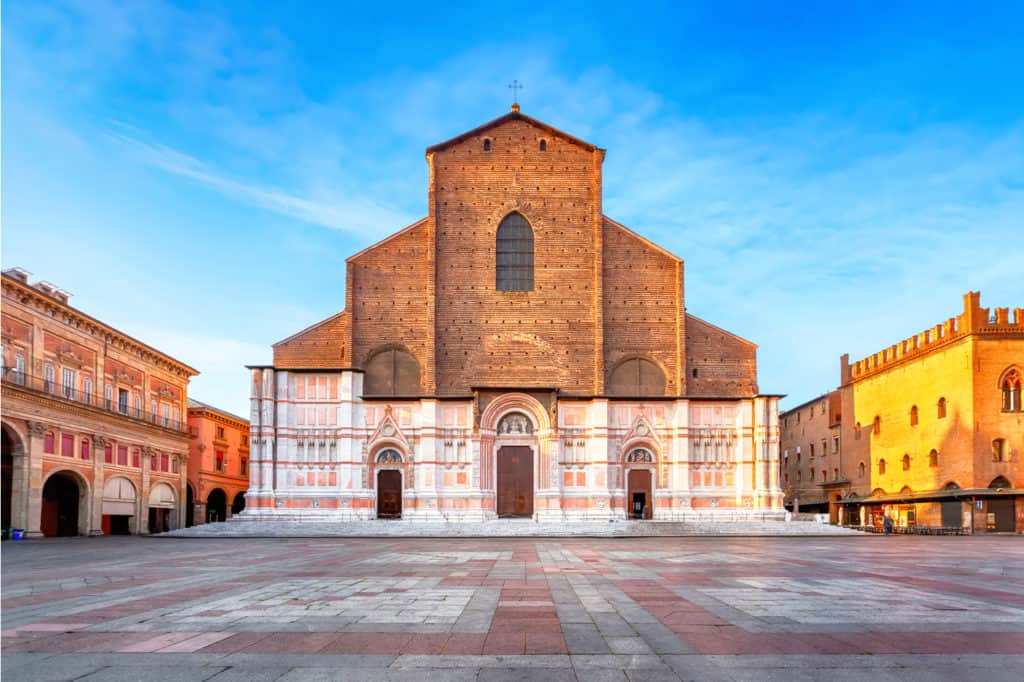
Basilica of San Petronio
The first thing you’ll notice about the Basilica of San Petronio, which occupies one side of Bologna’s Piazza Maggiore, is that the façade is only partially finished. Work began on the church in 1390, but ultimately the marble facing was only completed on the lower section. San Petronio was originally intended to be the largest in the world, but Pope Pius IV cut off funding to protect the status of St. Peters in Rome as Christendom’s largest church.
One of the most notable features inside the church is the great sundial designed in 1656 by the Italian astronomer Gian Domenico Cassini, stretching 220 feet down the eastern aisle. Designed to measure time, the sundial’s meridian line allows measurement of the sun’s motion and timing of events like the equinox and solstice.
Don’t miss the Capella Bolognini, 4th on the left, for the impressive fresco cycle created between 1408 and 1420 by Giovanni da Modena portraying scenes from the life of the city’s patron saint, Petronius, and with graphic depictions of Hell straight out of Dante’s Inferno.
The terrace of San Petronio is over 175 feet high and affords panoramic views over the city center and beyond to the surrounding hills. The views include the famed two towers. The perspective is not as high as from the Asinelli Tower but is still worth checking out for the fine views over the rooftops and palazzos of Bologna. The terrace is accessed from an entrance behind the basilica.
There is free admission to the basilica, but there is a 5€ charge for Cappella Bolognini and a separate 5€ for the panoramic terrace.
With lots to see here, consider a 90-minute guided tour of the cathedral with access to the panoramic terrace for $85.85 per person.
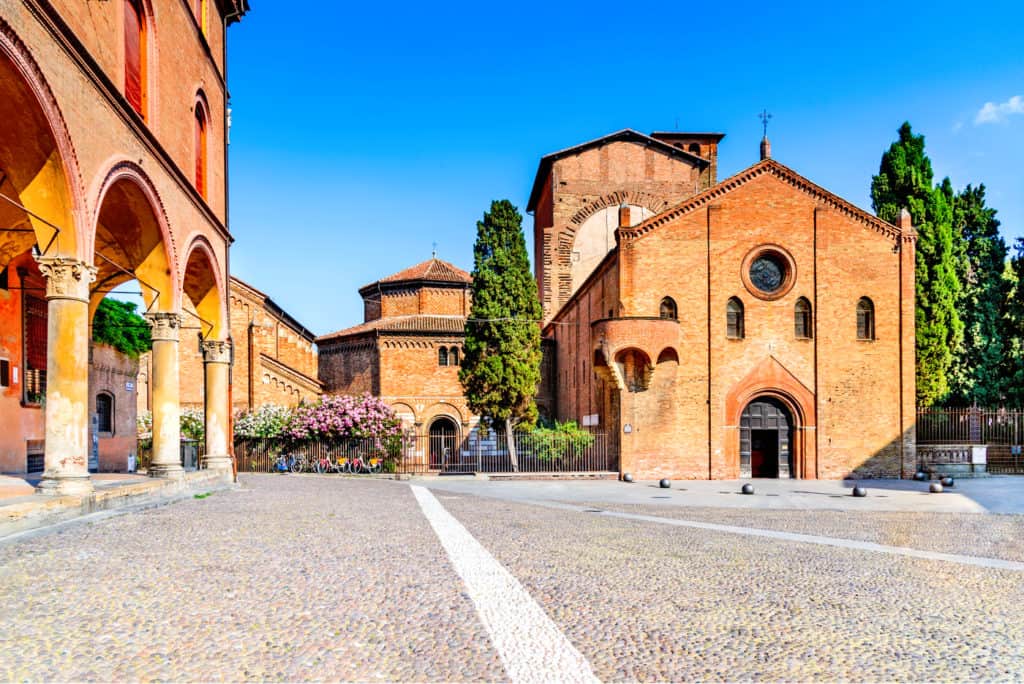
Basilica of Santo Stefano
This is the most fascinating church complex in the city, referred to as the Seven Churches as this is a collection of interconnected churches, cloisters and chapels from various eras, of which four remain. These are the Chiesa del Crocefisso, Chiesa della Trinità, Chiesa del Santo Sepolcro and Santi Vitale e Agricola.
The churches represent centuries of history, with the oldest church, the Basilica of San Vitale and Sant’Agricola, dating from the fourth century. There are various architectural styles, from Romanesque and Lombard and even elements from ancient Rome.
You enter first through the 11th century Chiesa del Crocifisso, housing the bones of Bologna’s patron saint, Petronio. This leads to the Chiesa del Santo Sepolcro, an octagonal structure that was probably created as a baptistry. Beyond a connecting courtyard, the Chiesa della Trinità, leads to a cloister and small museum. The fourth church, Santi Vitale e Agricola, is Bologna’s oldest, incorporating architectural pieces from ancient Rome, though most of the building is from the 11th century.
There is no admission charge to visit the churches.
To make the most of a visit to this complex of churches, consider this 2-hour private tour of Santo Stefano for $100.34 per person that includes a food tasting at the end.
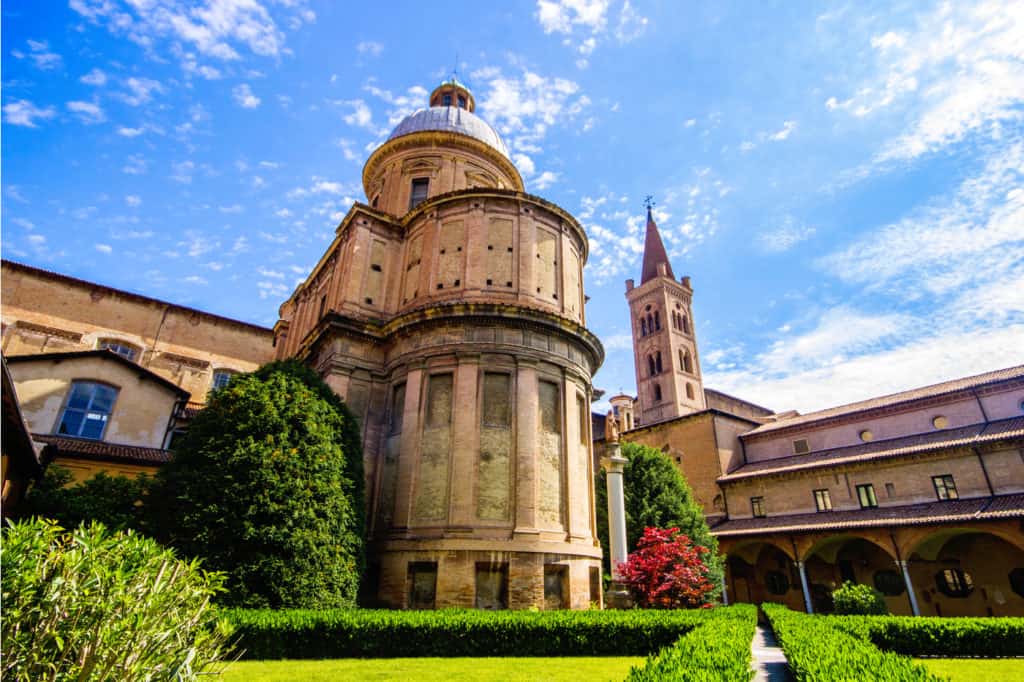
Basilica of San Domenico
San Domenico was built in 1238 and houses the remains of the founder of the Dominican order.
One of the chief highlights is his marble tomb, with carvings by illustrious sculptors like Michelangelo and Nicola Pisano.
The elaborate tomb also features carvings of his eventful life by Arnolfo di Cambio and later a 15th century canopy added by Nicolo di Bari, with carved images of saints. A young Michelangelo added sculptures of two other Bolognese saints Petronius and Proculus and Bologna-born artist Guido Reni painted a ceiling fresco of Dominic entering heaven.
Other things to look for are the great rose window and the outstanding wood carvings in the choir by Damiano da Bergamo.
There is free entrance to the Basilica.
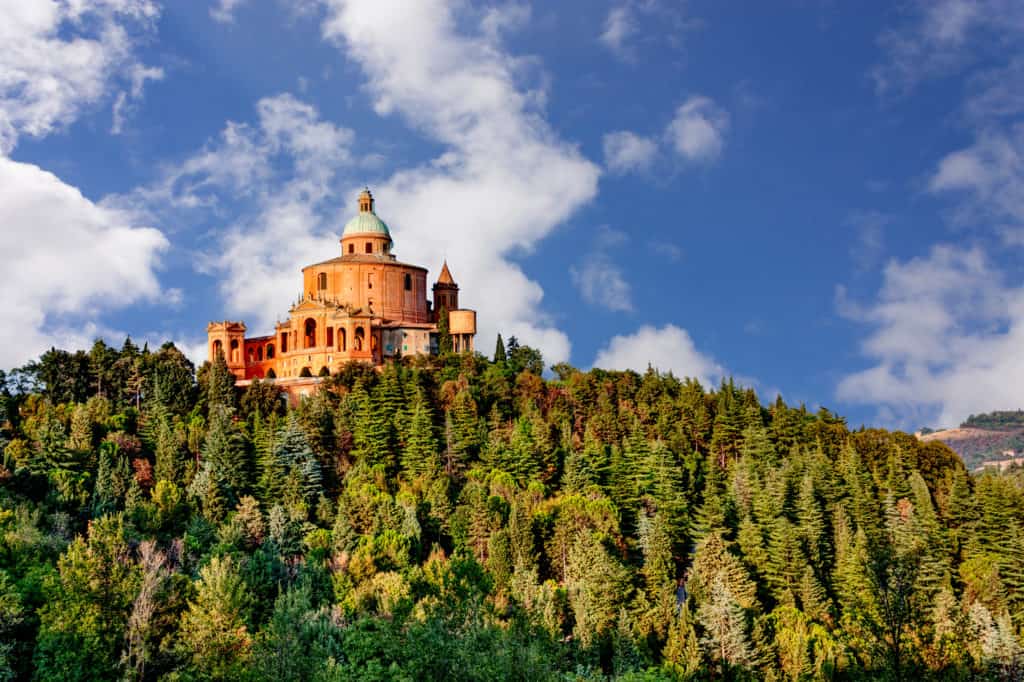
Sanctuary of the Madonna of San Luca
Located about two miles southwest of the city center, the Sanctuary of the Madonna of San Luca is a hilltop church involves where getting there is part of the experience. In this city of covered porticoes, the longest is the stretch of 2.2 miles under 666 arches built between 1674 and 1793 that heads uphill from Piazza di Porta Saragozza to the church. There you are rewarded by some of the best overlooking Bologna.
The porticoes route was built to support the religious ceremony wherein a Byzantine icon of the Madonna is carried down the hill each May to spend a week at Bologna’s cathedral. The arcades protect the procession from the weather. The icon itself is a representation of the Virgin Mary that was allegedly painted by St. Luke and brought to Bologna in the 12th century from the Middle East. The event has occurred since 1433, when it was first brought from a hilltop convent to the city in hopes of a miracle to stop rains that were threatening the annual harvest.
An alternative way of reaching the basilica to walking is to take the San Luca Express, a tourist train that leaves Piazza Maggiore every 30 minutes to one 1¼ hours during peak tourist season between 9.55am and 5.35pm at a cost of 10€.
The basilica’s interior features a striking floor of black, white, and red marble. Paintings from Bolognese artists like Guido Reni grace the church’s walls. The San Luca Sky Experience is a panoramic terrace that offers 180-degree views overlooking the city. It is reached by climbing 110 steps into the cupola.
Though there is free entrance to the Sanctuary, there is an admission fee of 5€ for the Sky Experience.
See Great Art and learn Fascinating History in Bologna’s Museums
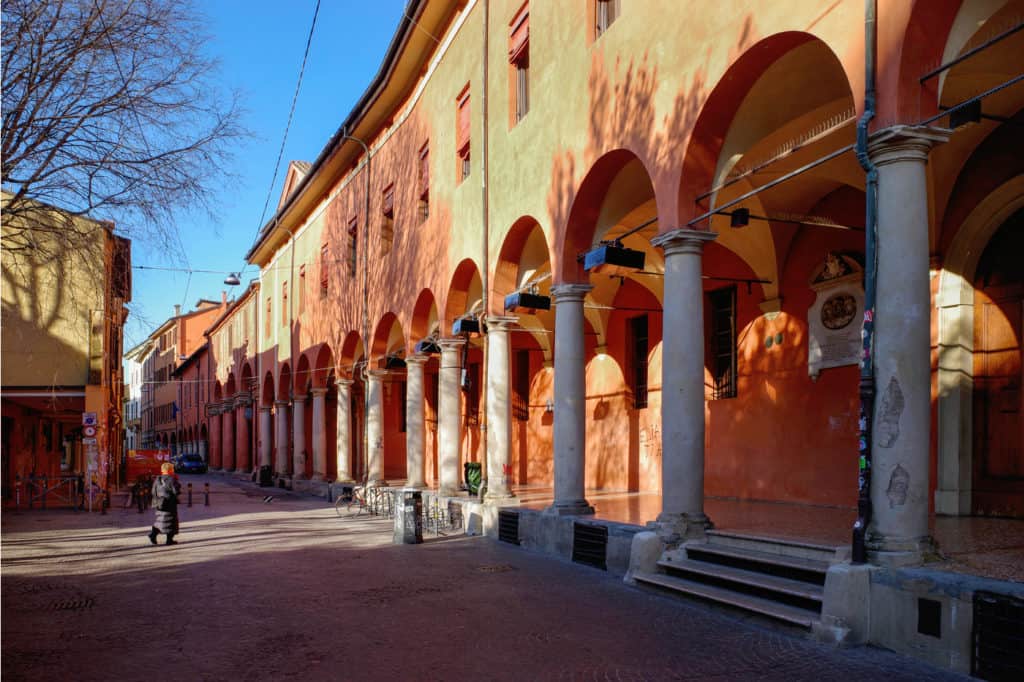
Bologna National Gallery
Bologna’s top gallery, the Pinacoteca Nazionale features works by Bolognese artists as well as this from the Emilia-Romagna region, principally from the 13th to the early 19th century. The collection grew from artworks collected from religious institutions around the city that were closed or converted, plus those works recovered from the Louvre after 1815 with the fall of Napoleon.
Among the works to look for are Raphael’s “St. Cecilia in Ecstasy”, Guido Reno’s “Massacre of the Innocents” and paintings by Bologna’s own Carracci family, brothers Annibale and Agostino and cousin Lodovico, who opened an artists’ academy in the city in the 1580s.
The admission fee for the gallery is 6€.
MAMbo – The Modern Art Museum of Bologna
The MAMbo surveys modern Italian art from the 2nd postwar period to the present in its permanent collection and presents significant temporary exhibitions. One of the most important collections is of artist Giorgio Morandi, with his still life renderings and landscapes of the village of Grizzana where he worked and did drawings. The museum has also recreated his studio.
The admission fee is 6€.
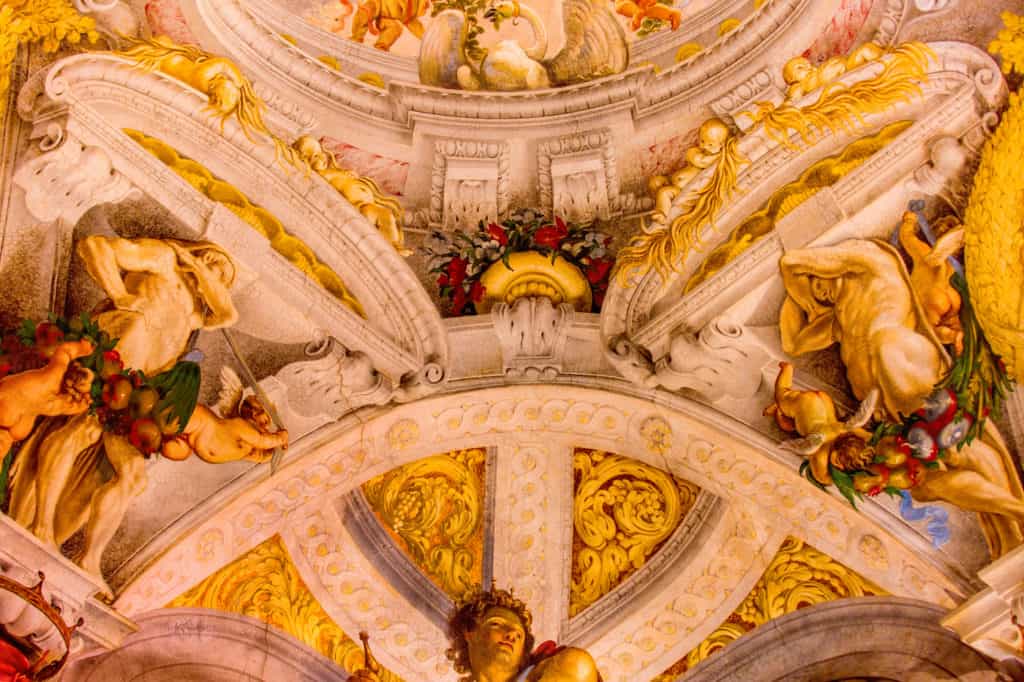
Museum of the History of Bologna
The medieval Palazzo Pepoli is the home of the Museum of the History of Bologna, which provides an engaging look at the long history of Bologna through multimedia experiences. From the Etruscan and Roman eras to the present, Bologna’s history is surveyed in chronologically themed rooms.
The admission fee is 13€.
More Museums for those with Additional Time
Archeological Museum
The Archeological Museum presents a fascinating collection of antiquities in the 15th century Palazzo Galvani, close to Piazza Maggiore. Here you’ll find displays from prehistoric and Etruscan times as well as from the Egyptian, Roman and Greek civilizations. The Egyptian collection is considered one of the best in Italy.
The admission fee is 6€.
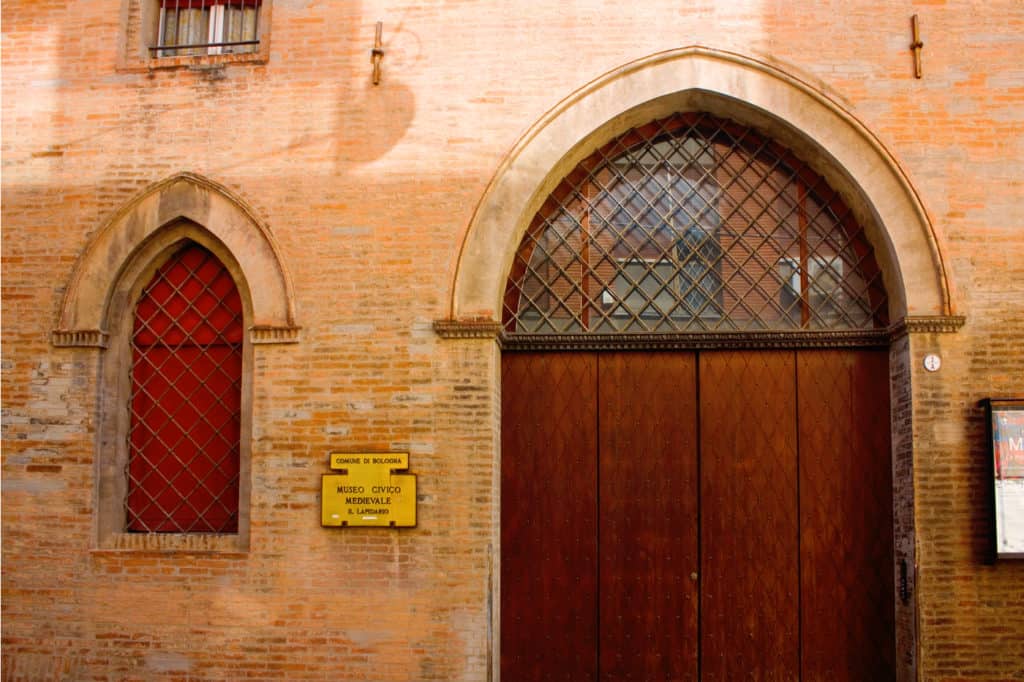
Civic Medieval Museum
Housed in the rooms of the Palazzo Ghisilardi, the Civic Medieval Museum brings together mediaeval treasures from Bologna that give rich insight into the past. There are collections of gold and illuminated manuscripts, but the most fascinating to me are the collections of items from everyday life in the Middle Ages, that give a window into how people lived in these distant times. Statues show off what people wore and how their hair was cut to compare to what you’ll see on the streets of Bologna today!
The admission fee is 6€.
Jewish Museum
The Jewish Museum relates the intriguing story of the Jewish community that thrived in the Middle Ages in Bologna. They were then forced by the Pope to move to the Ghetto in 1555 and expelled altogether in 1593. But the museum covers the full range of Jewish history, including the experience of Italian Jews in the second World war and the creation of Israel in 1948.
The admission fee is 7€.
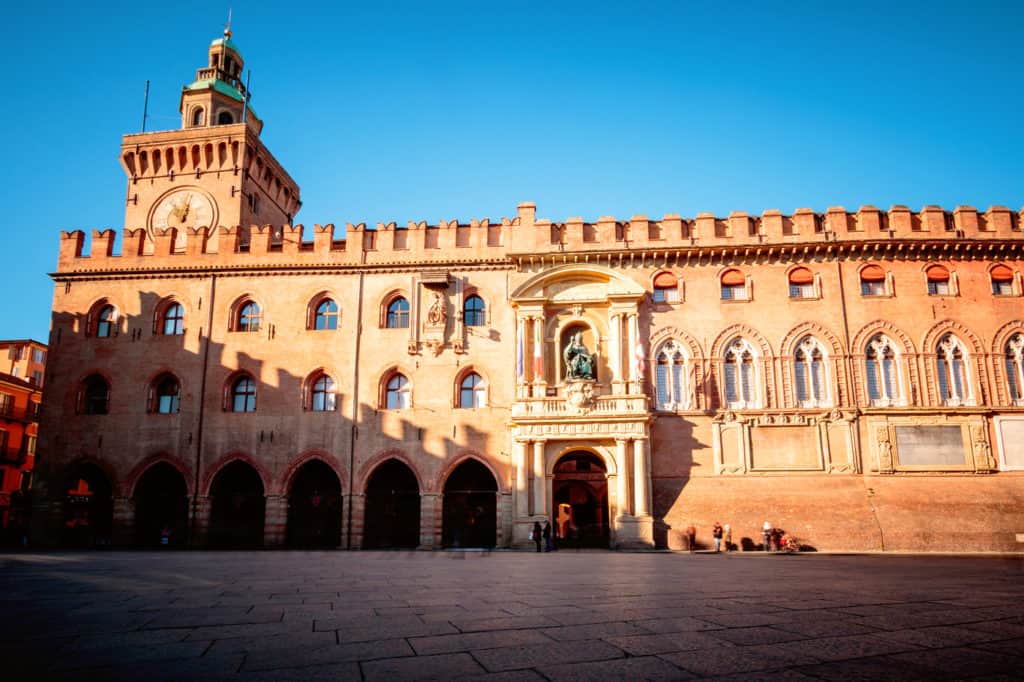
Municipal Art Collection
The Municipal Art Collection is contained in the Palazzo D’Accursio right in the Piazza Maggiore. Here you’ll find a large array of art from the Middle Ages to today, from paintings and sculpture to furniture, porcelain to lace.
Highlights include the Coat of Arms Hall dating to 1630. Its Baroque architecture features heraldic decorations covering the walls. There’s also a scale model of Bologna in medieval times, where you can see how many defensive towers, like the two remaining today, used to grace the city’s skyline.
The museum’s admission fee is 6€.
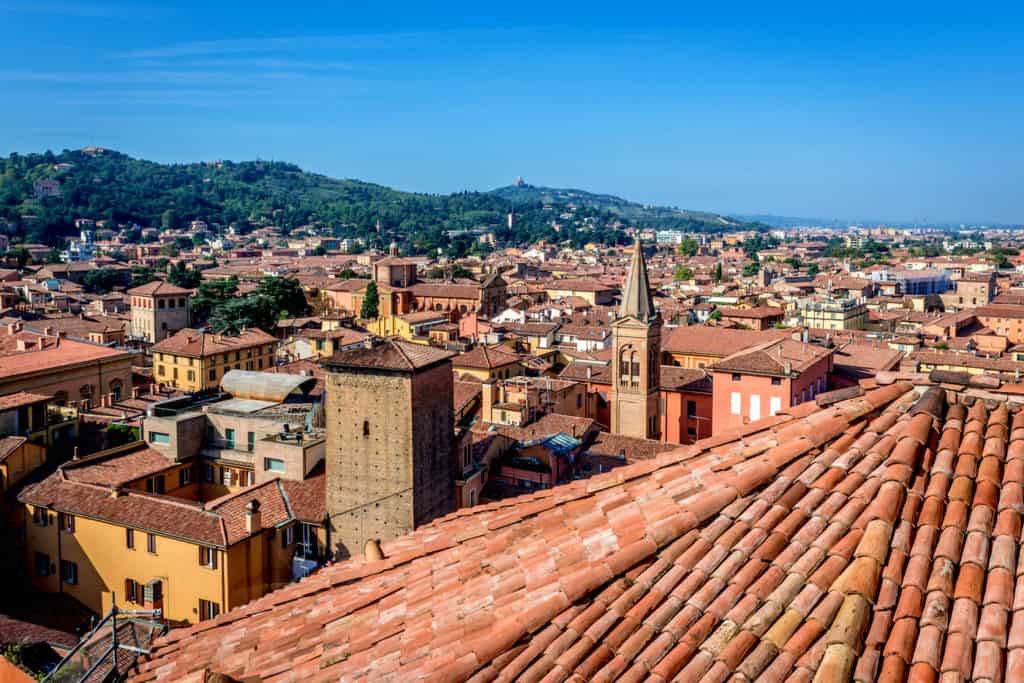
Take in Bologna’s Best Viewpoints
I always like to look for the best perspectives of a city from on high, for the best scenic panoramas. Here I think the best vantage points are first, the Panoramic Terrace of the Basilica of San Petronio, for a great view of Bologna directly from the city center. Second there is the Asinelli Tower. Sure, it takes a bit of effort to climb the steps up to the top, but the bird’s eye view of the city is unsurpassed.
Bologna used to be one of Italy’s top producers of silk in medieval times, and an extensive network of canals was built in the 12th century to help facilitate bringing water into the city to run the silk mills. Later these canals were covered over for the most part, but one stretch that wasn’t can be seen through the small window on Via Piella which is worth checking out to glimpse a lesser-known aspect of Bolognese history.
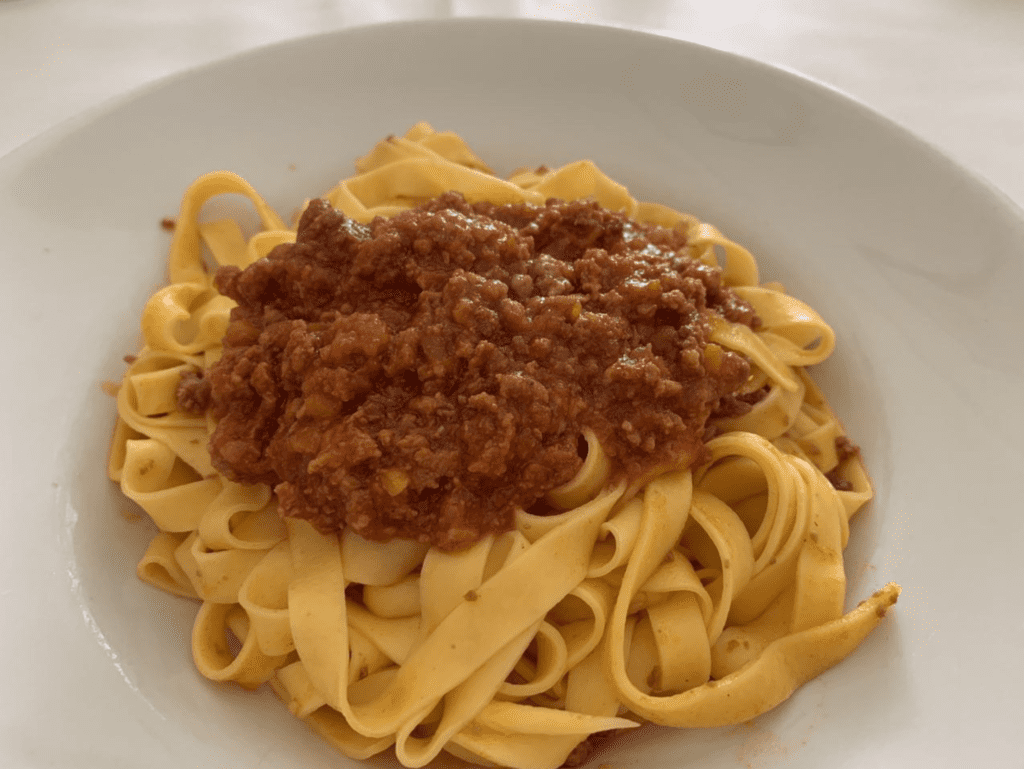
Sample the Best Bolognese Food
Bologna and the entire Emilia-Romagna region are world famous for food. While visiting the city, be sure to seek out the specialties that Bologna offers in its restaurants and shops to fully experience what makes the city unique.
Bologna takes its food seriously. At the Chamber of Commerce, they even have an 8-millimeter strip of gold that is considered the exact length of the perfect tagliatelle! They also have over 30 traditional recipes registered to preserve these traditions.
Everyone has heard of spaghetti bolognese but the authentic Bolognese versions of this pasta s a meat and cheese filled tortellini or tagliatelle al ragu or tagliatelle pasta with a meat sauce.
Bologna has its own food specialties including tortellini which are delicious little pasta packets containing minced meat and the local parmigiana reggiano cheese. The local sauce or ragu is also famous and gave rise to the what the world calls spaghetti Bolognese, though here the pasta is tortellini, not spaghetti. Check out the local market to survey the sumptuous range of food products. Outside of town, Eataly has created a veritable food theme park called FICO that surveys the world of food with educational and agricultural displays and an array of restaurants.
Some of the other food specialties of this region of Emilia-Romagna are Parmigiana-Reggiano cheese, ham from the local city of Parma (the famous prosciutto comes from here), and balsamic vinegar from nearby Modena.
About 20 minutes outside of the city, a veritable food theme park called ‘Eataly World’, shows just how seriously food is revered by the people of Bologna. Eataly World (also called FICO, an acronym for Fabbrica Italiana Contadina (Italian Farming Factory), is a culinary learning experience with multimedia gastronomic educational experiences as well as a huge market, agricultural exhibits, and a multitude of restaurants.
You can buy a day ticket for a visit to Eataly World here for $21.17 per person.
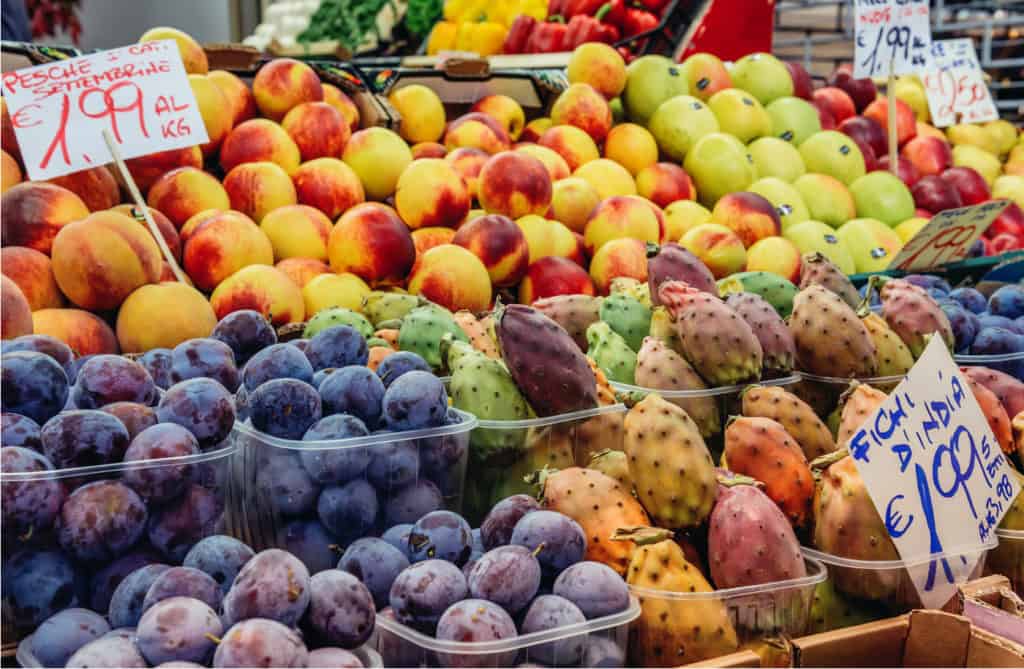
Mercato delle Erbe
One of the best ways to understand what the locals are eating and what food is making its way onto the tables of Bolognese restaurants is to visit the local market. Here in Bologna, the Mercato delle Erbe (Herb Market) has colorful displays of produce that make for some great photos as well as restaurants to try the local fare or take a sightseeing break. The Market is in a large courtyard like setting with fruits and vegetables in the middle, and small shops around the central marketplace selling all manner of local products from dried pasta to meats and cheeses.

Try a Food Tour
I would highly recommend trying out a food tour in the city where food reigns supreme. Examples include a three-hour Eat and Drink Like a Local Tour priced at $135.76 per person, or a 3.5 hour guided traditional food tour including lunch at $94.96 per person.
If you’d like to try some hands on cooking, there is a five-hour Bologna Market visit and cooking class for $213.66 per person.
Exploring Historic Neighborhoods by Foot
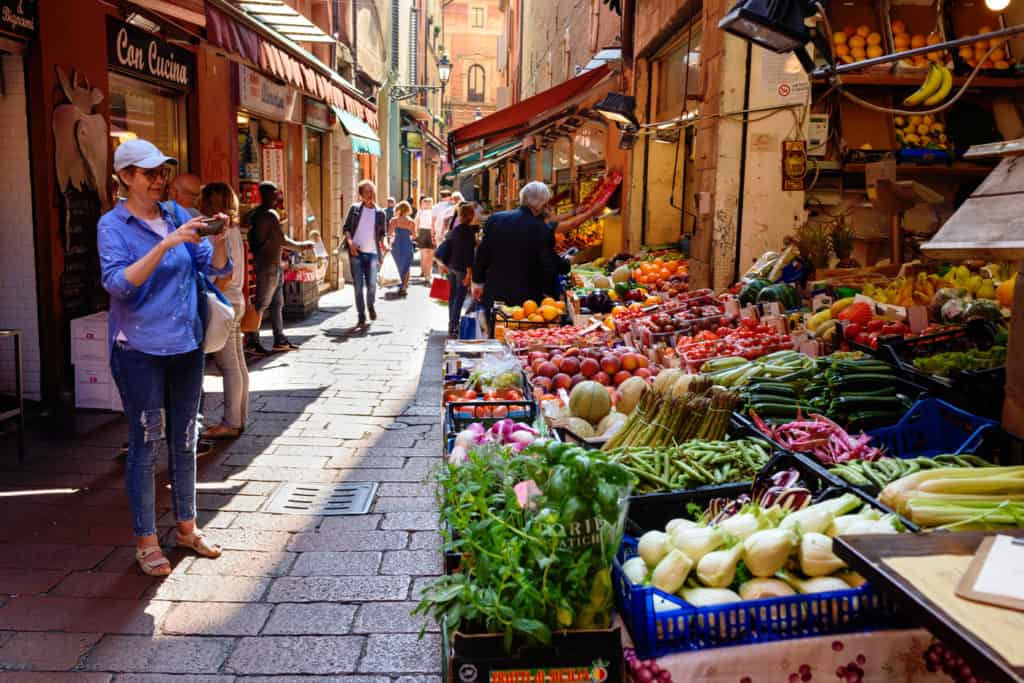
The Quadrilatero
Bologna has some fun and historic neighborhoods that are worth an exploration during your visit. Just east of Piazza Maggiore is a network of streets known as the Quadrilatero, a great place for wandering to browse among market stalls, grab a bite at one of the cafes or check out the produce at local delis.
One street to seek out is the Via Drapperie, a pedestrian area where vendors sell breads, cheeses along with vegetables and fruit. Don’t miss the Osteria del Sole wine bar which dates from 1465. Here only wine is served, but you are encouraged to bring your own food, so purchase something at the market or deli and order a glass of wine here to accompany it!
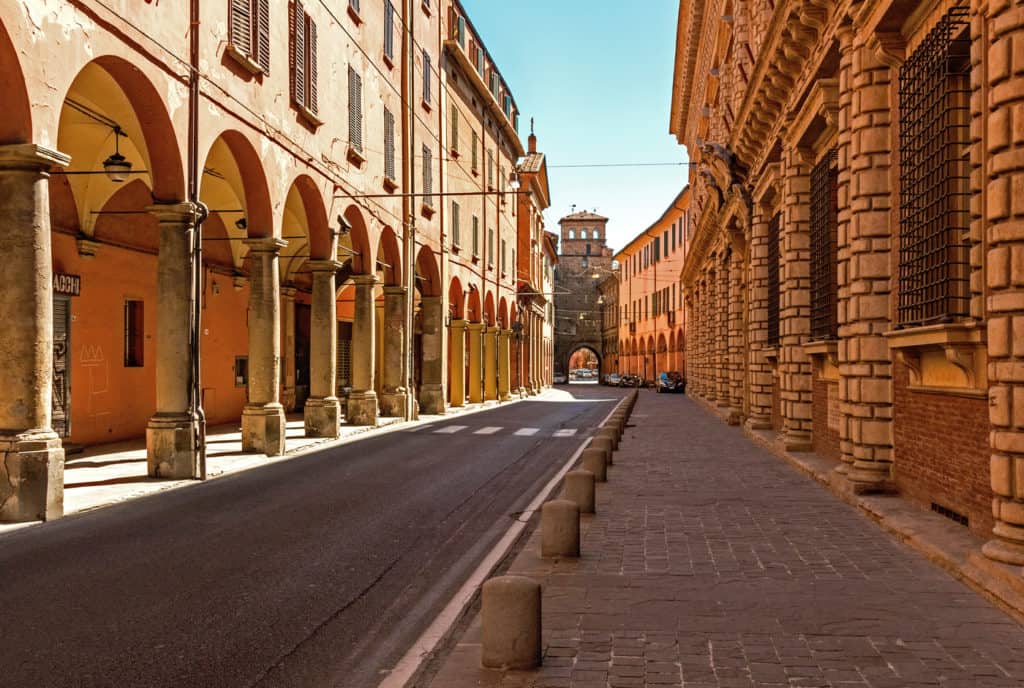
The Former Jewish ghetto district
The former Jewish ghetto is an atmospheric area of alleys with craft shops worth perusing, and it’s just around the corner from the Asinelli Tower. The crafts include such things as custom shoes and handmade prints, and this is also where you’ll find the city’s Jewish Museum.

Bologna deserves a day or two on your Italian itinerary to lose yourself wandering through beautiful piazzas like Pizza Maggiore, wandering the porticoes of the city, admiring the red-tiled roofs and medieval towers of the skyline, and enjoying the delicious food of one of the top gastronomic capitals in all of Italy.
Learn about Bolognese history, venture out to the Basilica of San Luca for sweeping views back over the city, check out great art in its museums and churches, and thank yourself for creating some time for this elegant, lively city.
Related Articles on Italy
🇮🇹 Top Things to Do in Milan
🏛 23 Things to Do in Rome, Italy
💰 The Cost of Travel in Rome: My Budget Breakdown
🚤 53 Best Things to Do in Venice
✈️ How to Make the Most of a Layover in Venice
🍕 The Absolute Best Things to Do in Florence, Italy
🍝 23 Magical Things to Do in Siena, Italy
🍷 16 Amazing Things to Do in Lucca, Italy
🎉 Liberazione: What to Expect From Italy’s Liberation Day

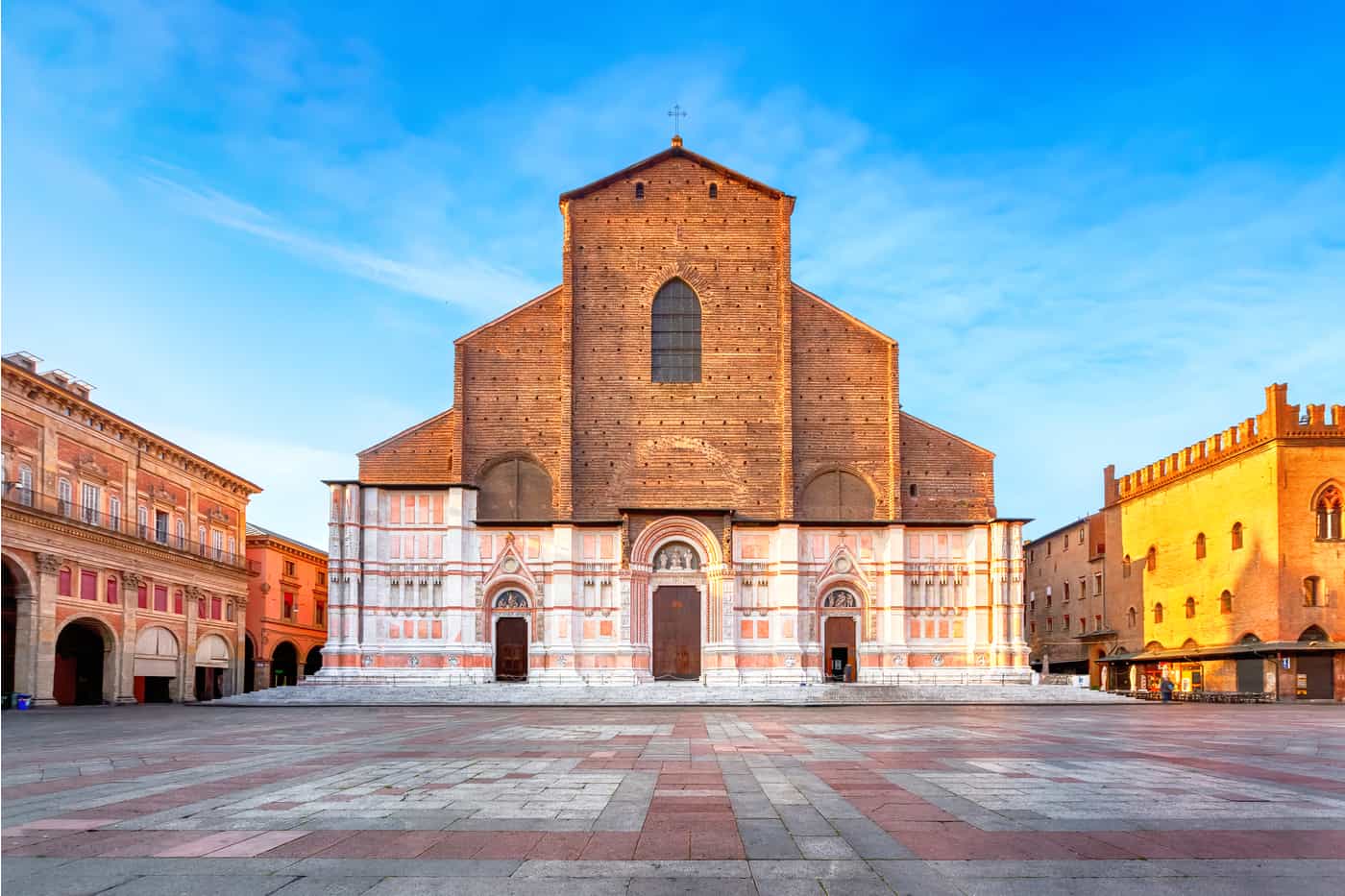


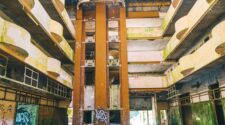
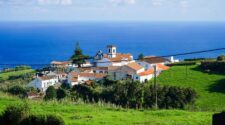
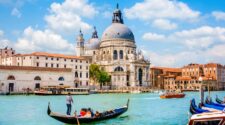

No Comment